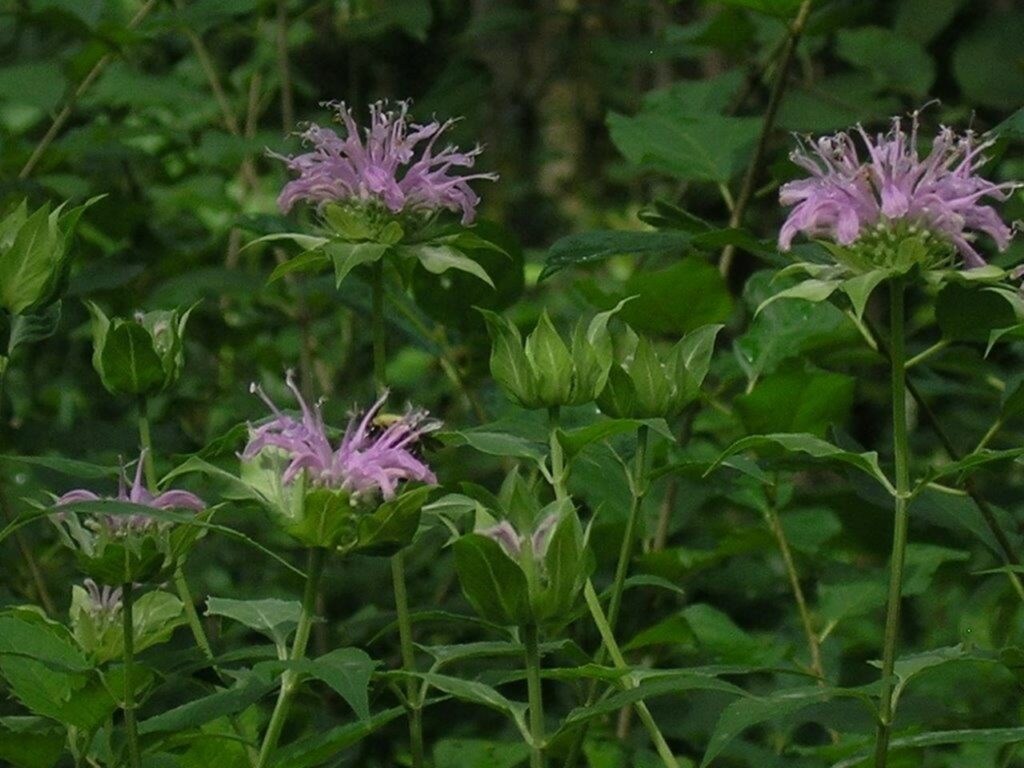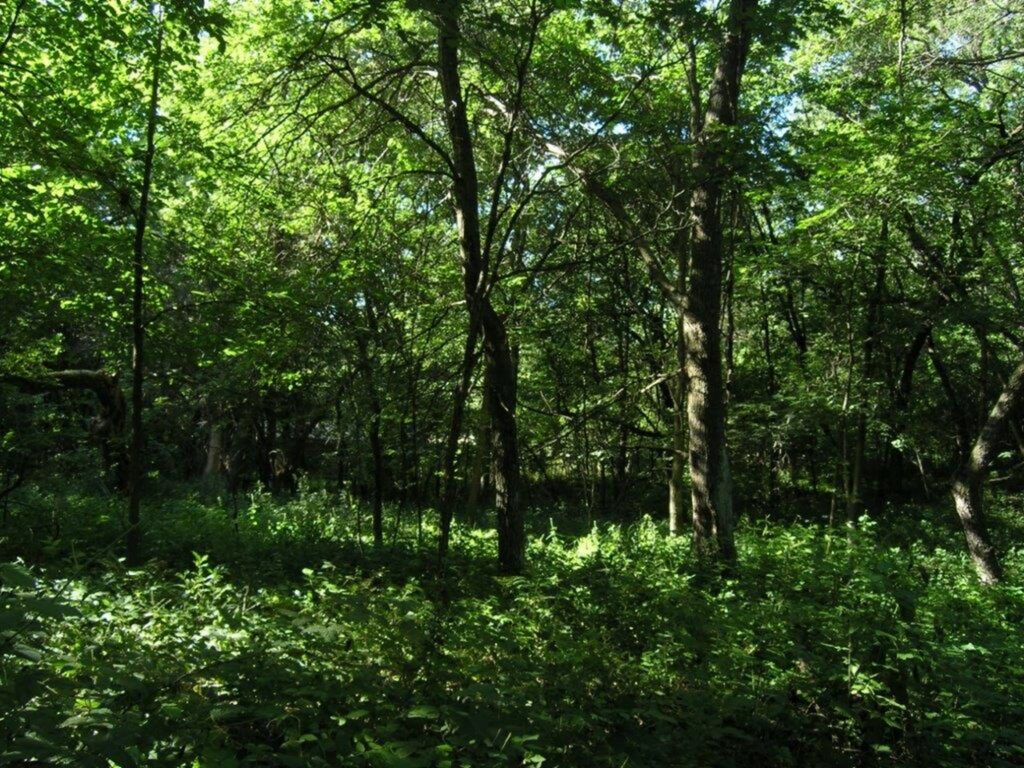Inspirational Land Stewards
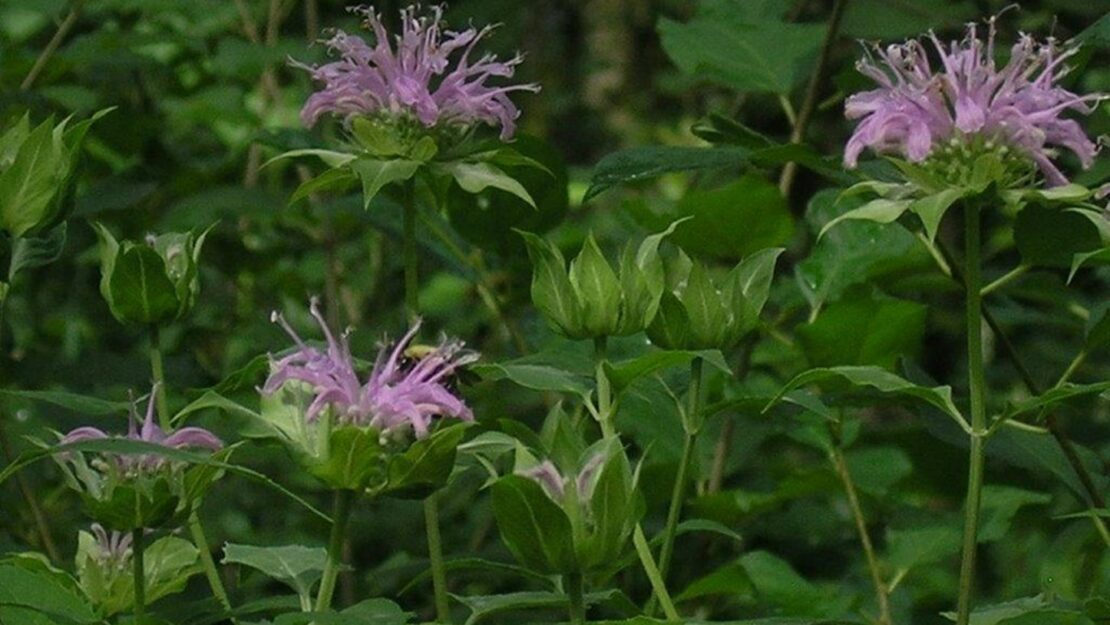
By Cydnee Van Zeeland, Central Field Coordinator
If you are a landowner looking to make a positive impact on the environment a conservation easement may be a good fit for you. With support from your local municipality, you could transform your yard into a natural landscape. Conservation land easements are beneficial to the environment because they can improve ecosystem services such as erosion control and pollution filtration. In addition, to the ecological benefits conservation land easements increase property values and enhance neighborhood appeal.
Sue and Dave Betzler’s backyard is an exemplary example of what a conservation land easement could look like. The Watershed Crew had the opportunity to help this couple seed their land after a prescribed burn this fall. As the crew worked side by side with the Betzler’s to distribute seed on their property, they learned a lot about good land stewardship.


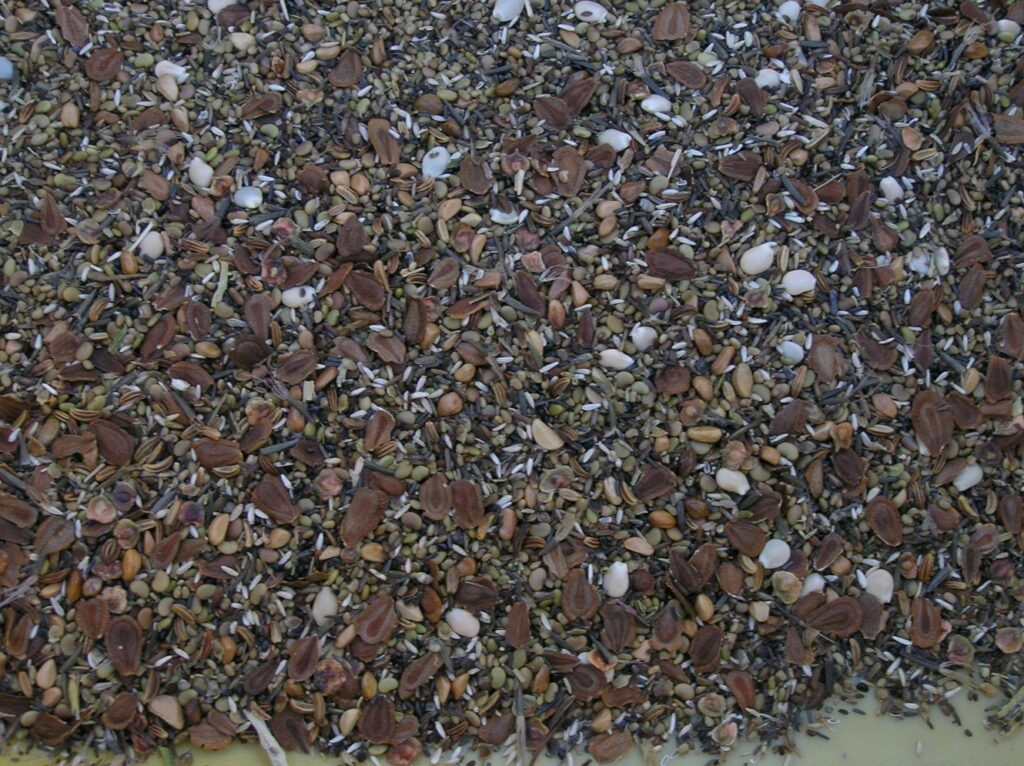
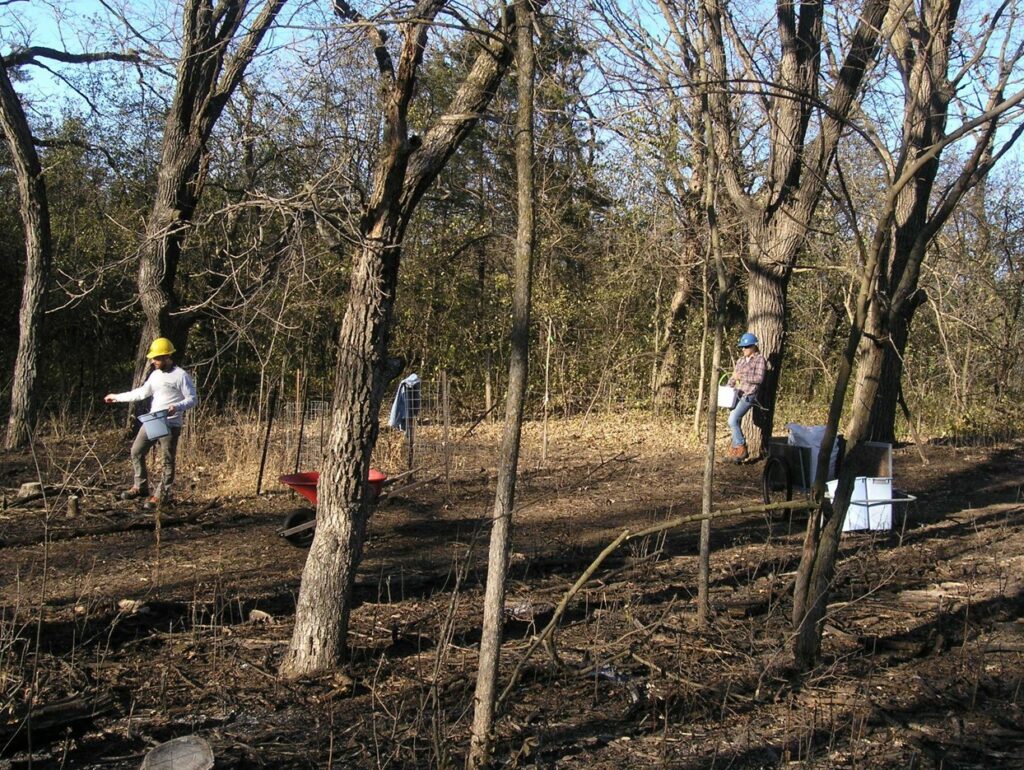
The Betzler’s are Dakota County residents that became a part of the Natural Area Protection program in 2012. It was their daughter, Sarah, who sparked their interest in conservation which led them to this program. Sarah studied biology and was determined to eradicate all the buckthorn from her parent’s yard. In no time at all Sarah had her parents involved with weed wrenches and chainsaws.
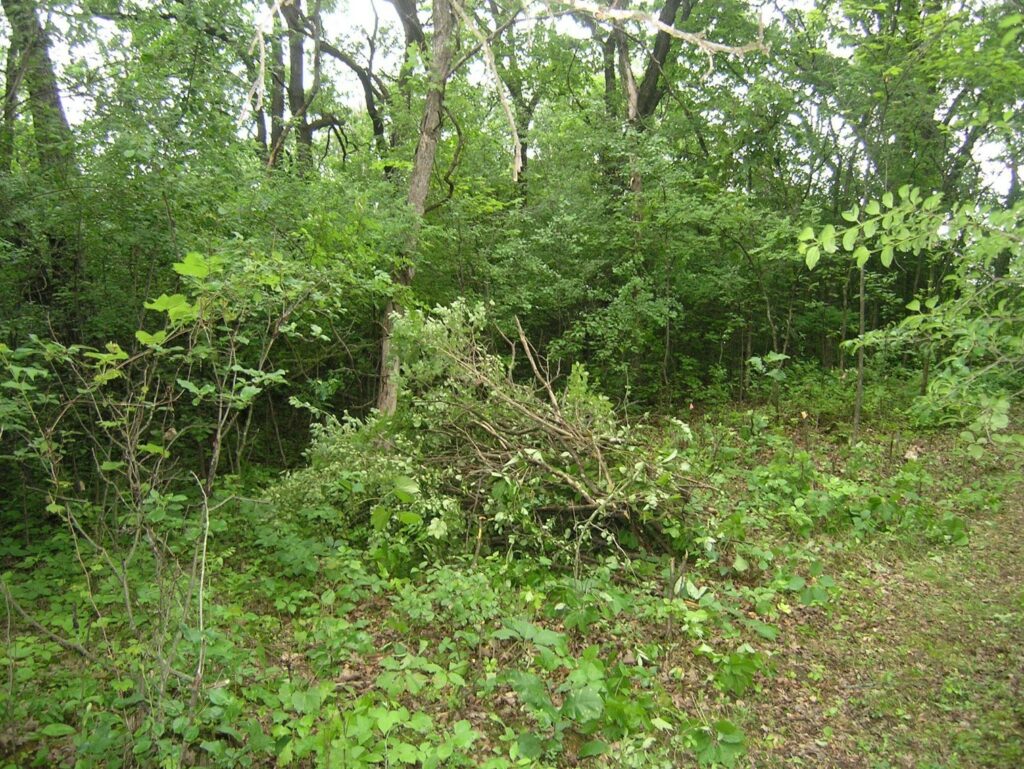
Eventually, Sarah became a volunteer for Dakota County. She worked with the Senior Ecologist, Joe Walton, to survey her parent’s land and draft a Natural Resources Management Plan (NRMP). Their NRMP priorities included harvesting firewood to open up the canopy, staying on top of invasive species management, and maintaining/replenishing fuel load for regular prescribed burns. Throughout the years the Betzlers have worked with various groups of people (and even goats) to carry out these plans and the Watershed crew was grateful to be a part of this process.

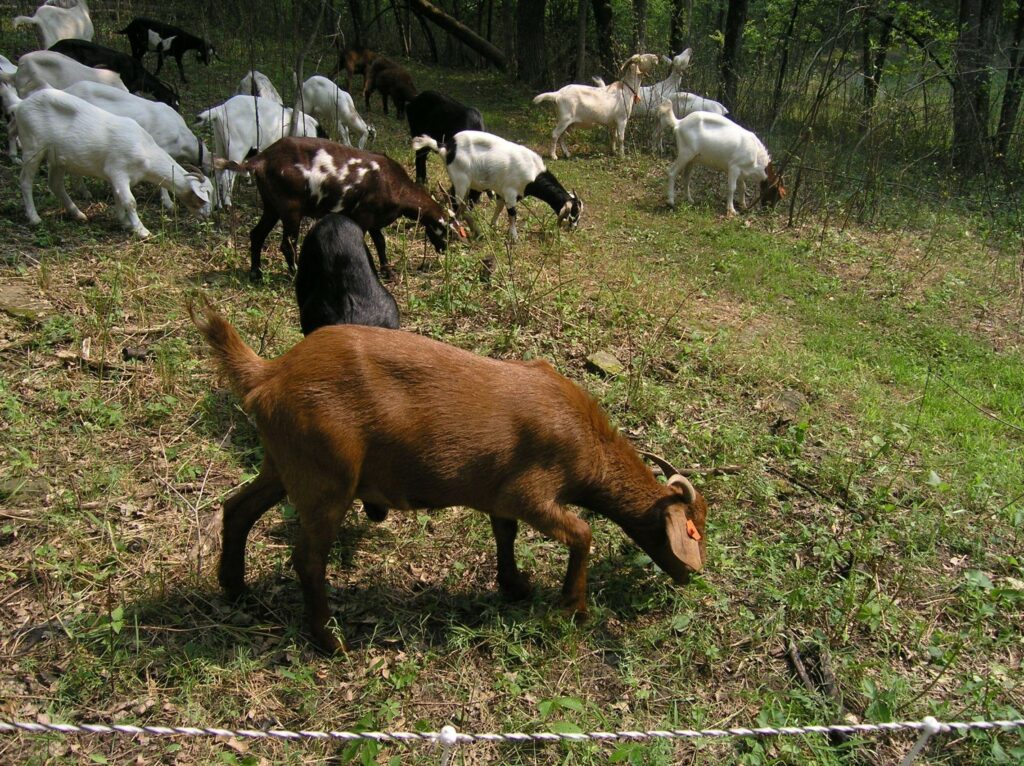
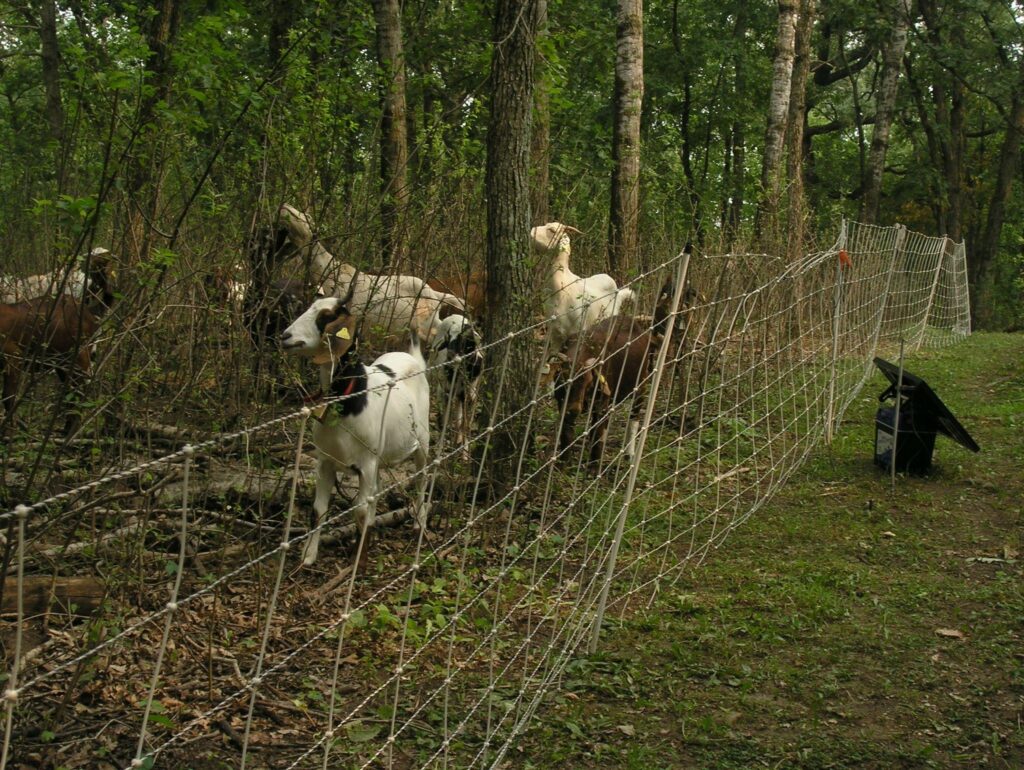
The Betzler’s dedication to their oak savanna restoration has truly paid off. Not only does their backyard look beautiful but wildlife has been drawn in too. Sue mentioned that since improving their backyard they’ve noticed a greater variety of bird species utilizing their yard. One species in particular that has visited their yard is the Red-headed Woodpecker which Audubon Minnesota recognizes as a target conservation species. Also, the Betzler’s have finally seen snakes in their yard! Up until they began their land easement work, they hadn’t spotted snakes in their yard.
Altogether, this goes to show how small changes to a backyard overtime can have a great impact on the environment. Invasive species management will always be an uphill battle for landowners but if you keep up on it then it becomes less labor intensive over time. Plus, it allows for native species to sprout and a healthy woodland understory to establish itself. See the images below to see how the Betzler’s oak savanna understory has developed in the absence of buckthorn and other invasive species. The Watershed Crew members hope that one day they can establish a thriving ecosystem in their backyards just like the Betzlers!
